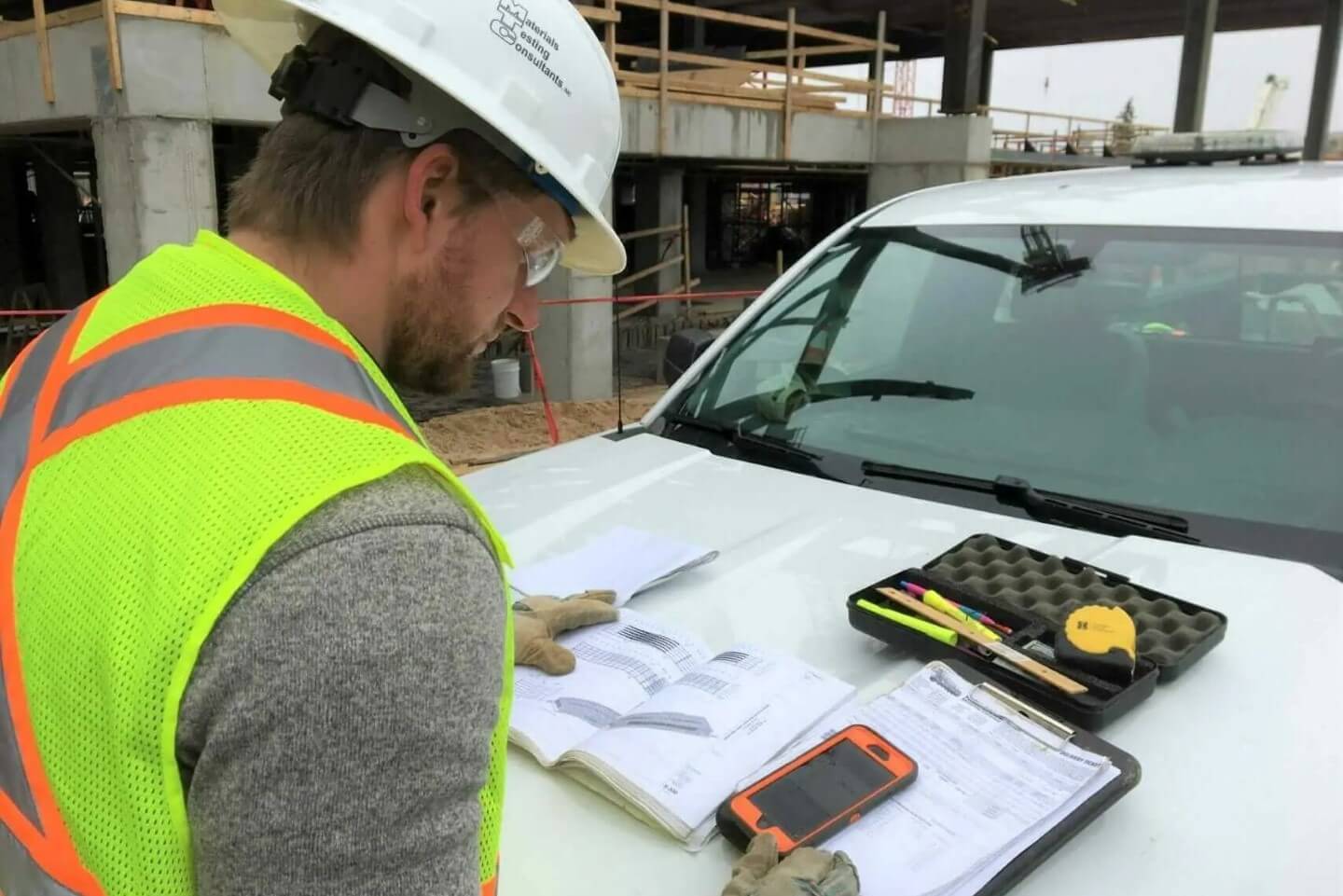Consulting Engineers: Trusted Expertise for Intricate Engineering Difficulties and Solutions
Consulting Engineers: Trusted Expertise for Intricate Engineering Difficulties and Solutions
Blog Article
How Consulting Civil Engineering Firms Contribute to Effective Job Monitoring and Layout Execution
Consulting civil engineering firms are indispensable to the success of construction jobs, combining technological effectiveness with strategic oversight. Their duty incorporates not only the execution of usefulness researches but additionally the application of innovative job administration techniques that simplify procedures and improve stakeholder involvement. By focusing on design optimization and danger reduction, these companies guarantee that jobs are not just sensible yet economical and additionally lasting. Nonetheless, the nuances of their contributions often stay underexplored, prompting a closer evaluation of the specific approaches and techniques that underpin their effectiveness - geotechnical engineering companies in south africa.
Duty of Civil Designers
Recognizing the duty of civil designers is crucial for the effective management of building tasks. Civil designers act as the foundation of framework growth, ensuring that projects are created and carried out to meet safety, functionality, and sustainability standards. Their proficiency includes various aspects of design, consisting of architectural, ecological, and geotechnical specialties.
Civil engineers are in charge of conducting usefulness research studies, which assess the feasibility of suggested projects by analyzing financial, technical, and ecological elements. They develop thorough plans and requirements, integrating cutting-edge remedies to enhance materials and resources. During the construction phase, civil engineers look after the job, teaming up with stakeholders, architects, and professionals to ensure adherence to design specifications and regulatory demands.

Task Preparation Strategies
Effective job planning approaches are vital for guaranteeing that construction projects are executed smoothly and successfully. Consulting civil design companies play an essential role in this procedure by employing thorough preparation methods that attend to various project stages. Originally, a detailed evaluation of project extent and client demands is conducted, permitting the recognition of important milestones and deliverables.
Moreover, these companies make use of tools such as Gantt charts and project monitoring software application to develop comprehensive timelines, enabling efficient scheduling of tasks and source allowance. This organized approach helps to prepare for potential traffic jams and allot required sources proactively. Risk administration is an additional key part; firms carry out risk analyses to recognize prospective issues that can emerge throughout the task's lifecycle, carrying out mitigation approaches to reduce disruptions.
In addition, stakeholder interaction is highlighted throughout the preparation phase. Normal interaction with customers, service providers, and neighborhood authorities makes sure that all celebrations are straightened with job objectives and timelines. By incorporating these strategies, seeking advice from civil design companies enhance the probability of task success, ensuring adherence to budget plan restrictions and regulative needs while cultivating a joint environment.
Style Optimization Methods
Style optimization strategies are important for improving the effectiveness and sustainability of civil engineering jobs. These methods include the methodical examination of layout criteria to attain the most effective possible results while lessening expenses and source use. By utilizing innovative computational tools and formulas, resource designers can analyze various style alternatives and choose the most effective options based upon particular job requirements.
One widely made use of method is parametric style, which allows for the adjustment of design variables to observe their effect on overall project performance. This repetitive process causes cutting-edge solutions that not just satisfy practical requirements but also adhere to ecological requirements. Additionally, strategies such as value engineering emphasis on optimizing task elements to make the most of worth while reducing unneeded prices.
Additionally, the integration of Structure Info Modeling (BIM) promotes better cooperation amongst stakeholders, allowing real-time changes and enhancements to designs. This all natural view promotes a thorough understanding of the job, causing informed decision-making. Eventually, reliable design optimization strategies lead to boosted task timelines, lowered waste, and improved architectural performance, adding to the overall success of civil design undertakings.
Threat Monitoring Methods
Danger monitoring strategies are important in making sure the effective shipment of civil design tasks, as they aid identify, assess, and reduce potential threats that can influence job results. Effective danger administration is a methodical procedure that entails the recognition of risks, assessment of their possibility and influence, and the development of techniques to resolve them.
Consulting civil design companies usually use a combination of quantitative and qualitative risk assessment techniques (geotechnical engineering companies in south africa). right here Qualitative techniques, such as conceptualizing sessions and experienced interviews, assistance collect understandings on potential dangers from various stakeholders. On the other hand, quantitative techniques include analytical evaluation and modeling to determine the chance and prospective impact of recognized dangers
Once threats are analyzed, firms carry out mitigation approaches, which may consist of danger evasion, approval, decrease, or transfer. This can involve upgrading project elements to eliminate dangers or securing insurance to offset potential monetary losses. Continuous tracking and evaluation of dangers throughout the project lifecycle are likewise essential, enabling prompt changes to run the risk of monitoring approaches as brand-new dangers emerge.
Collaborative Interaction Practices
Enhancing job outcomes via joint communication methods is vital for speaking with civil engineering firms. Efficient interaction fosters a society of transparency and trust fund amongst stakeholders, which is essential for the effective execution of design tasks. By implementing structured interaction channels, companies can ensure that all celebrations-- customers, specialists, and employee-- are aligned on job deliverables, objectives, and timelines.
Regular meetings, both informal and official, facilitate the exchange of concepts and comments, permitting real-time analytic and decision-making. Utilizing joint tools such as task management software program urges paperwork and monitoring of progression, while allowing instant access to crucial information.
Additionally, energetic listening and open dialogue are important aspects in a collaborative environment. By valuing diverse viewpoints, firms can innovate and adapt layouts that fulfill both technological needs and client expectations. Furthermore, fostering a team-oriented environment lessens misconceptions and boosts the overall quality of work.

Verdict
In verdict, seeking advice from civil design firms are indispensable to successful job monitoring and layout implementation. Eventually, the competence and methods used by getting in touch with civil designers substantially add to accomplishing job objectives while decreasing costs and making the most of source application.

In verdict, seeking advice from civil design companies are essential to successful project monitoring and layout Extra resources application.
Report this page